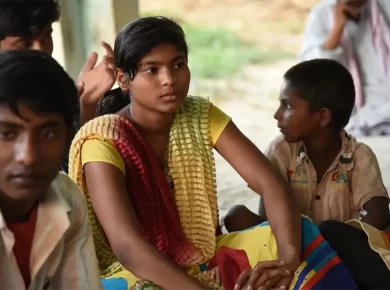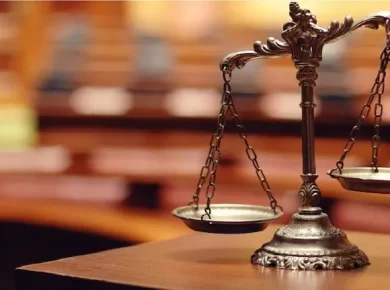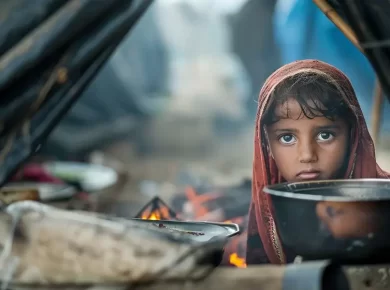Juvenile Delinquency & Juvenile Justice Act
Refers to a large variety of disapproved behavior of children & adolescent which the society does not approve of, & for which some kind of punishment or corrective measure is justified in the public interest.
It covers a multitude of different violations of legal and social norms, from minor offences to serious crimes, committed by juveniles.
Causes – Personality Traits – Feeling of insecurity, fear, lack of self-control, emotional conflict etc. + Broken homes, relations between parents + School and Peer group relations + Movies – Cinema and Television, Music.
Consequences based on past records of Juvenile Delinquency
- Lack of good economic opportunities and stable future.
- Low social status, may be looked down upon by the society
- Increase in crime rates – present delinquencies if not corrected may fuel further cases of unacceptable behavior
Juvenile Justice (Care and Protection of Children) Act, 2015
- Addresses children in conflict with law and children in need of care and protection
- Special provisions for offenders committing heinous offences in the age group of 16-18 years
- Juvenile Justice Boards (JJB) and Child Welfare Committees (CWC) will be constituted in each district
- CWC will determine institutional care for children in need of care and protection
- JJB will conduct a preliminary inquiry to determine whether a juvenile offender is to be sent for rehabilitation or be tried as an adult
- CARA was given statutory status to enable it to perform its function more effectively – would help in streamlining adoption procedures children
- Offences committed against children under this law –
- use of child by militant groups,
- offences against disabled children
- Kidnapping and abduction of children
- sale and procurement of children for any purpose including illegal adoption, corporal punishment in child care institutions
Critical Analysis
- Juvenile homes in India are yet to acquire the expertise to undertake activities like counselling, behaviour modification therapy and psychiatric support
- Critics argue that the current law does not act as deterrence for juveniles committing heinous crimes
- Activists cite the evidence of adult prisons not offering a reformatory experience for inmates
- Violates the UN Convention on the Rights of the Child to treat every child under the age of 18 as equal
Also read: Child Marriage and Crimes against Women
Adoption Regulations 2017 by CARA
Adoption is a solution for both childless couples and the homeless children. It can be an alternative option to surrogacy which is considered to be exploitative.
- Intercountry and intra-country adoption procedures have been defined clearly
- CARA will report & facilitate all adoptions under the JJ Act, 2015
- For safeguards, CARA would maintain adoption records and ensure post-adoption follow up
- Currently only biological parents or adoptive parents are recognized leaving out the step parent of any legal responsibility. The regulation Defines the step parent legally
- Allows birth certificate of the adopted child to have adoptive parents name on it.
- District Child protection Unit
- Couples with more than three children shall not be eligible for adoption except in special needs
- It makes the adopted children legal heirs in matters of inheritance of property
These regulations will help in streamlining the process of adoption, & will lay timelines for stakeholders to clear the adoption procedure, along with enforcement powers.
For more updates, explore the Social Issues. Feel free to share your thoughts and comments.
If you’re passionate about building a successful blogging website, check out this helpful guide at Coding Tag – How to Start a Successful Blog. It offers practical steps and expert tips to kickstart your blogging journey!







1 comment
very good effort